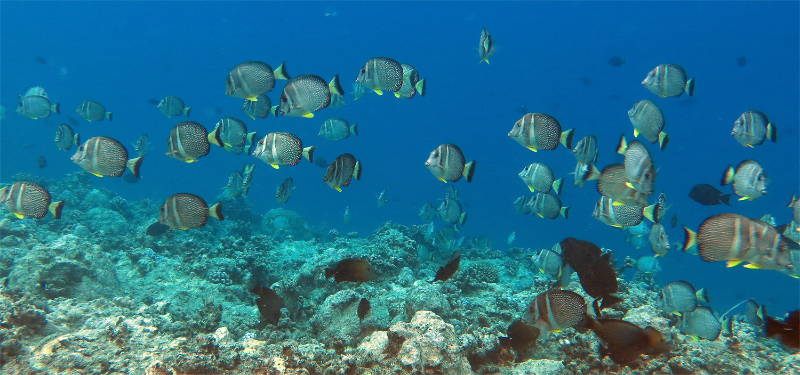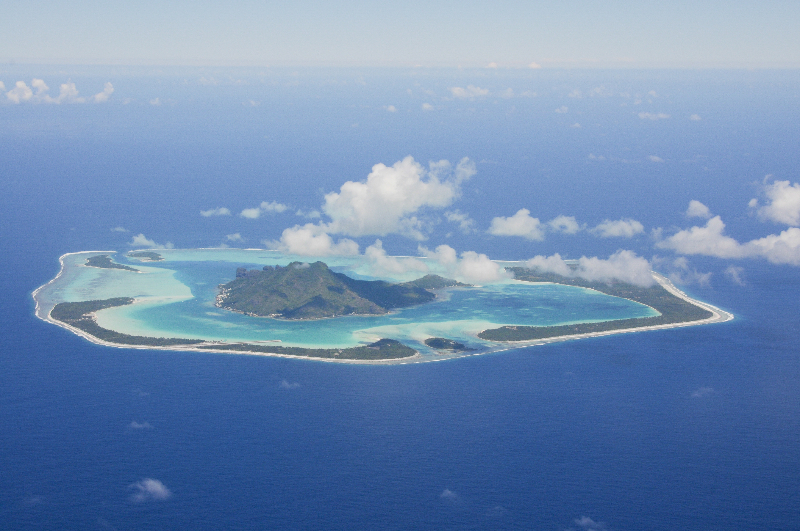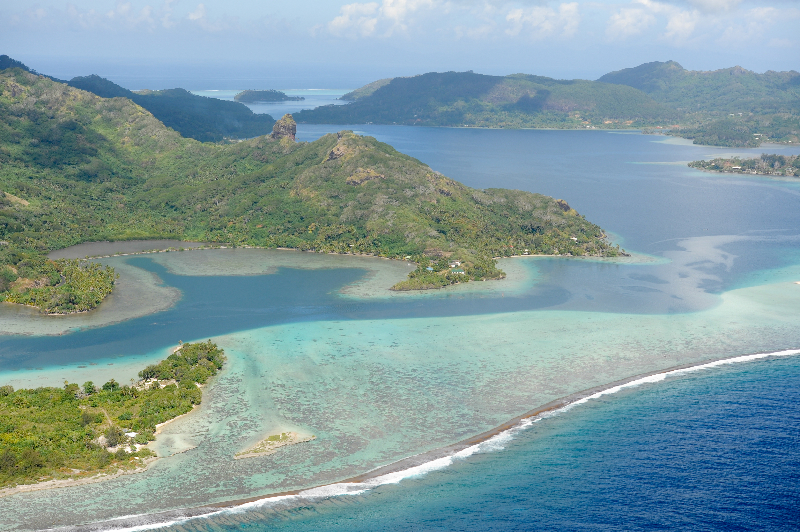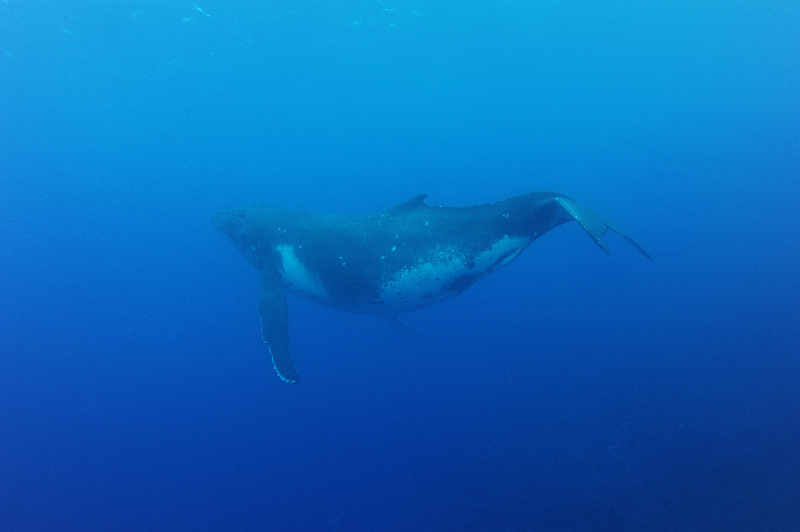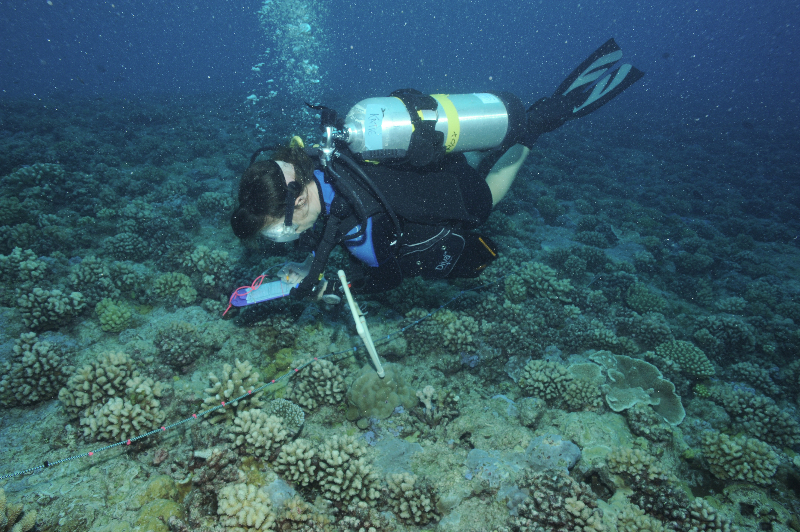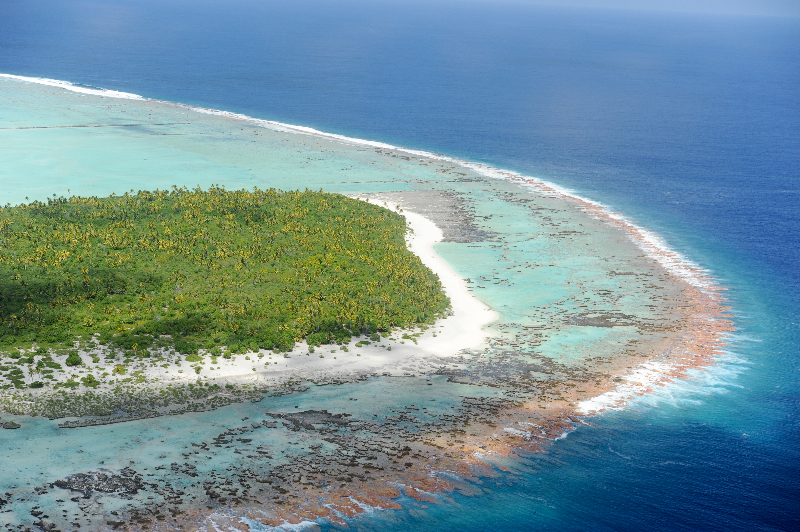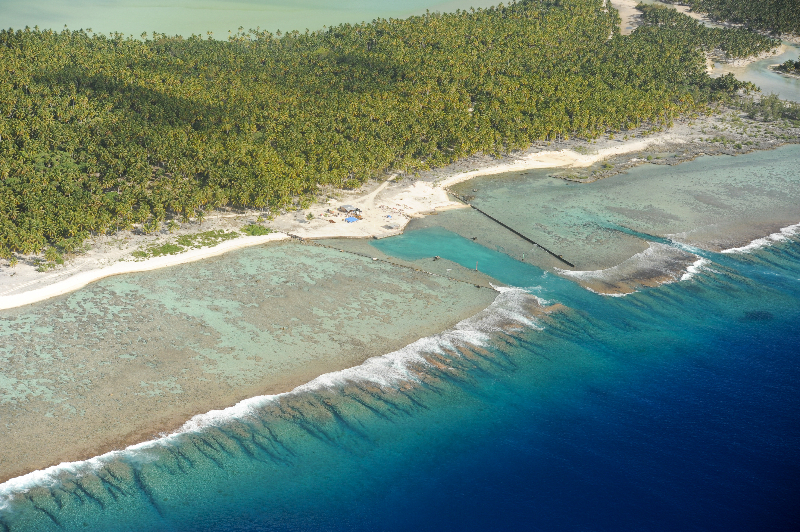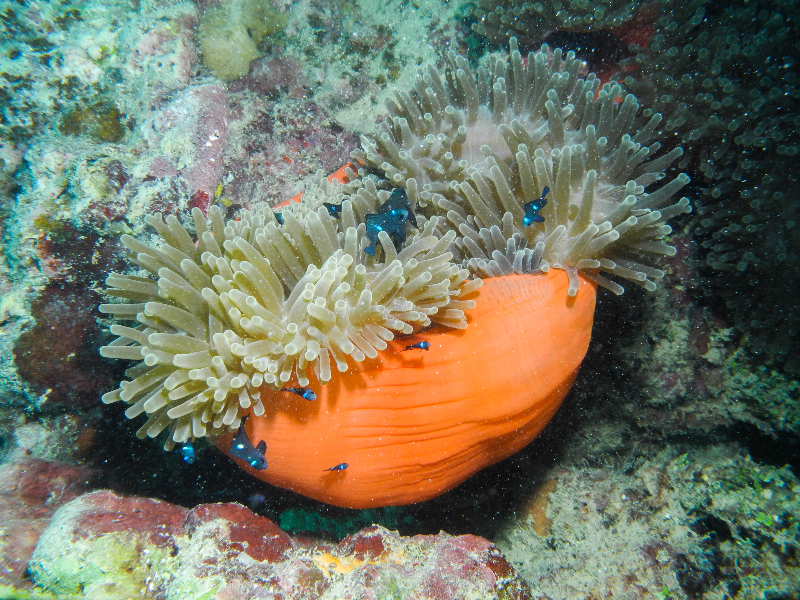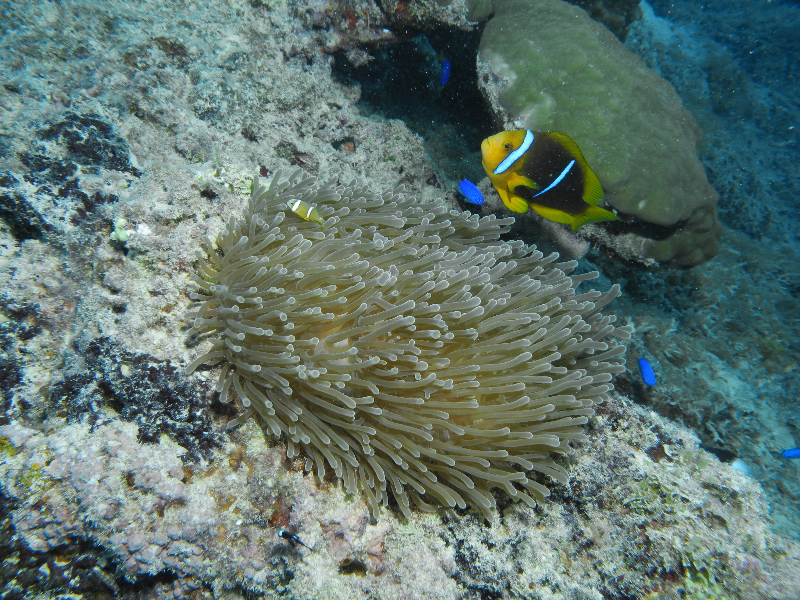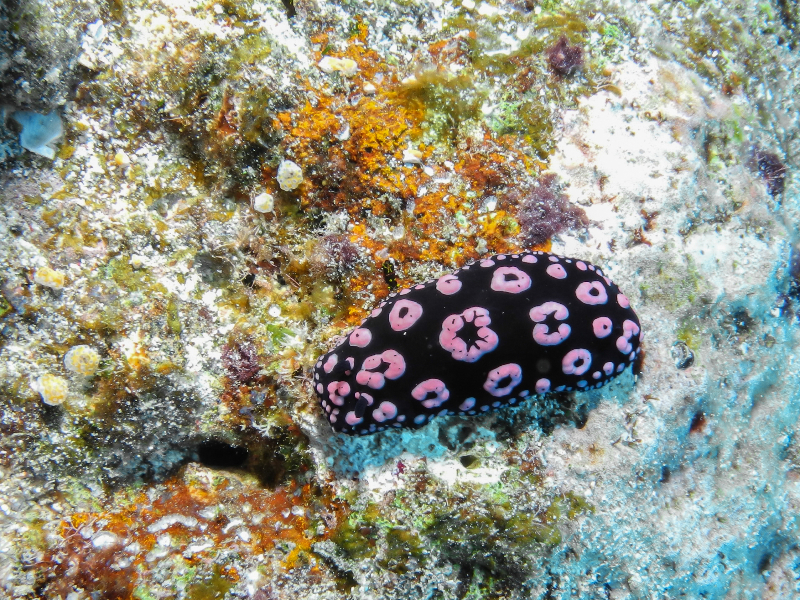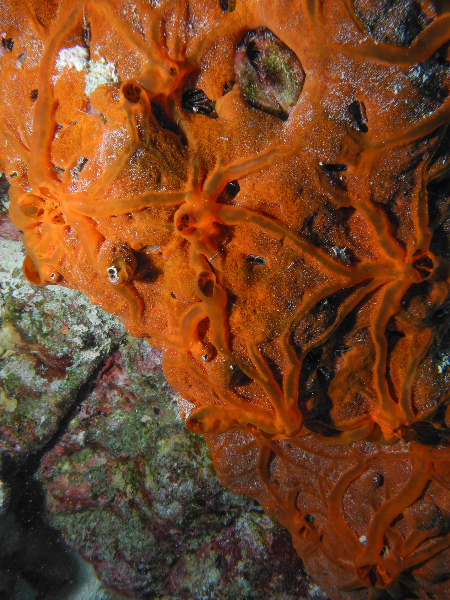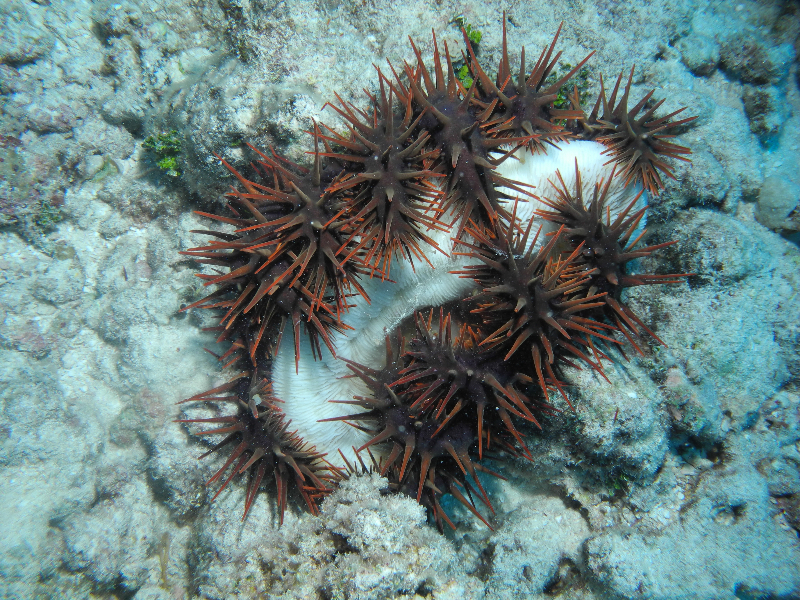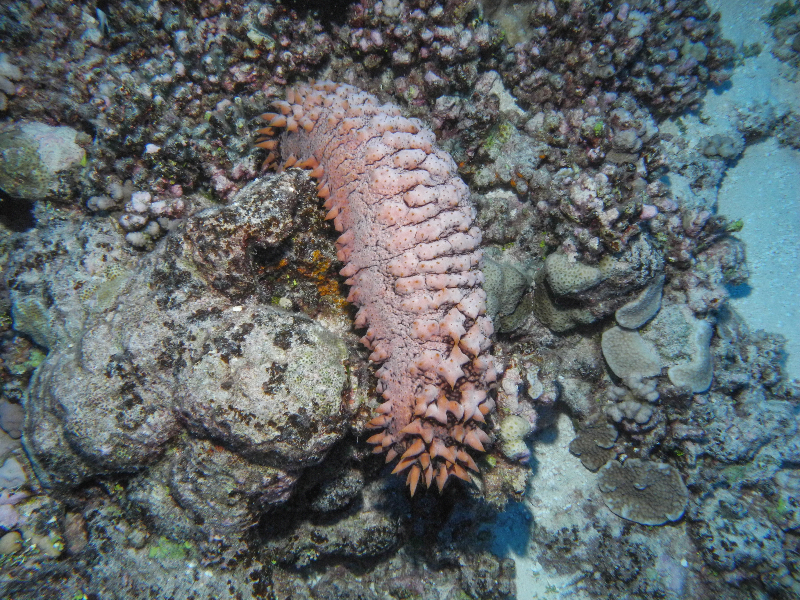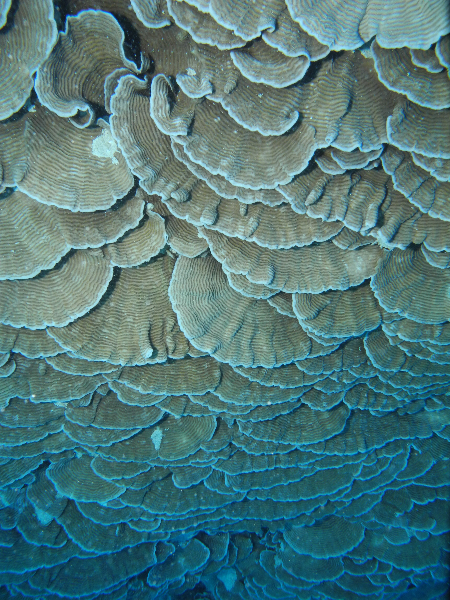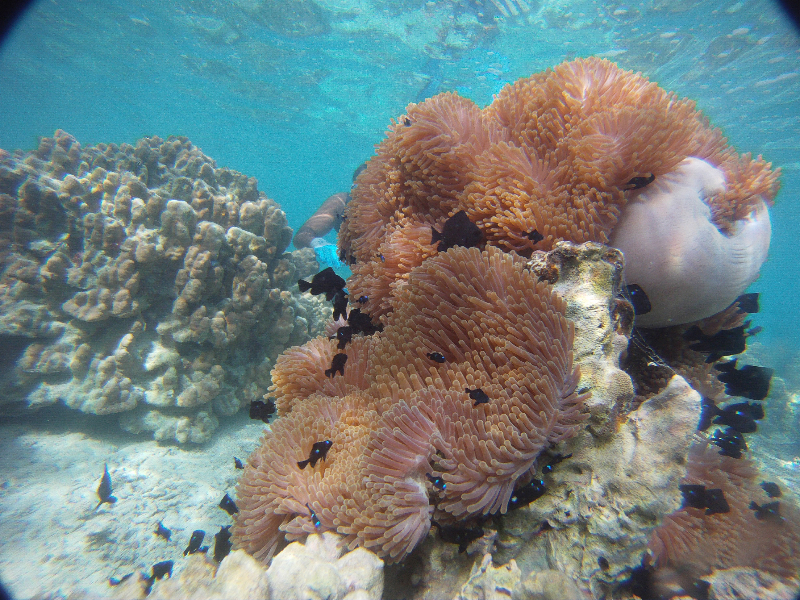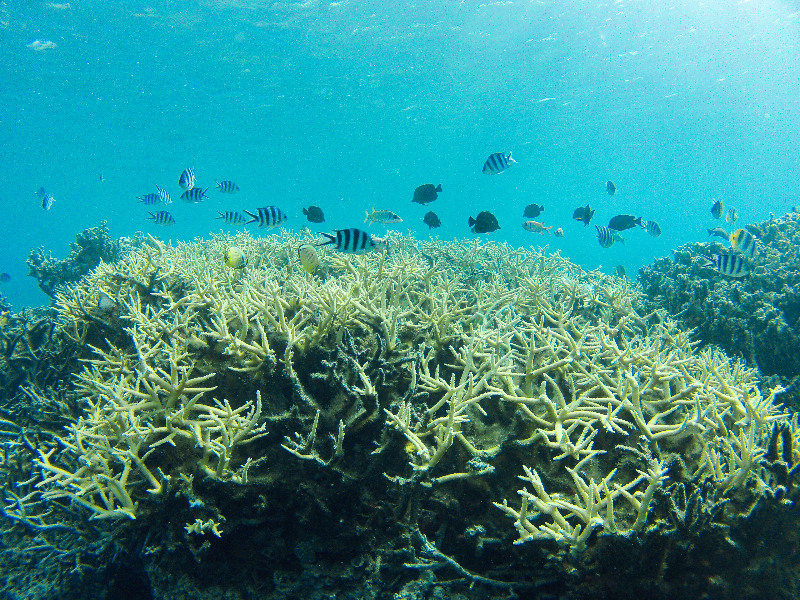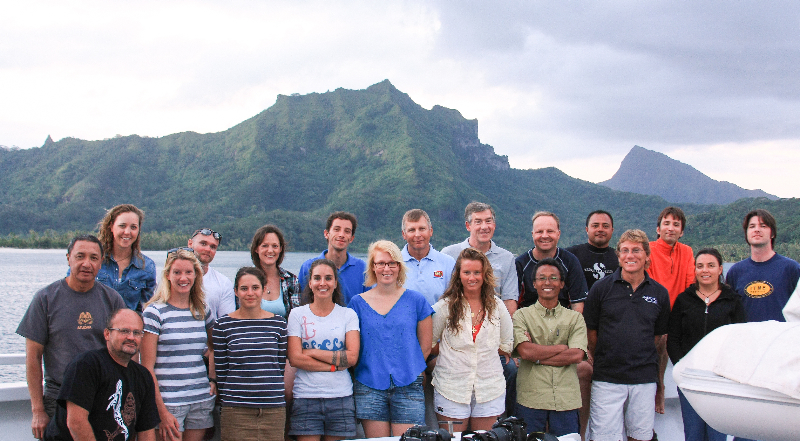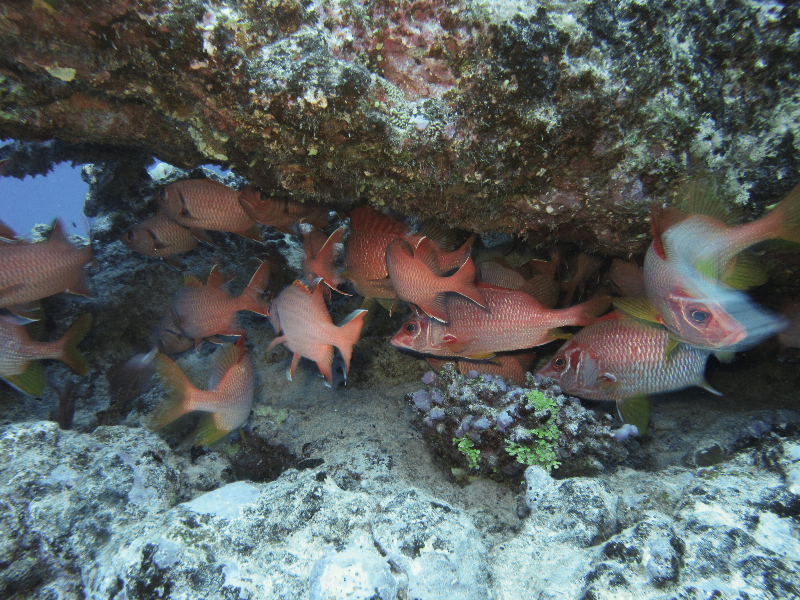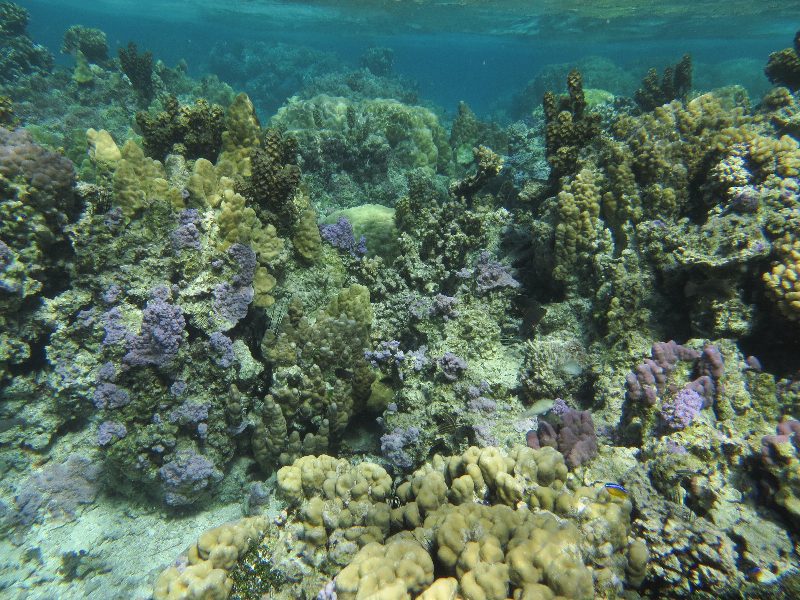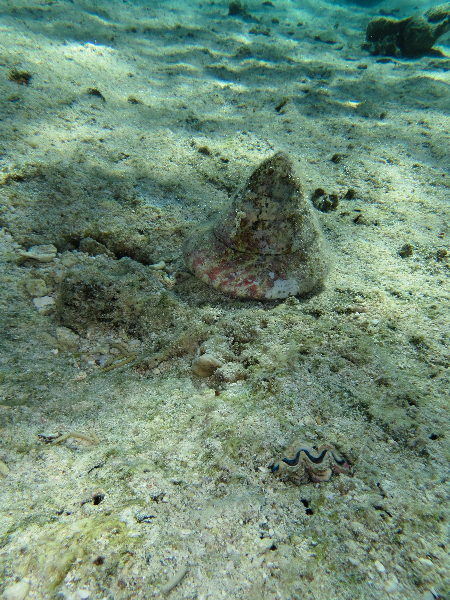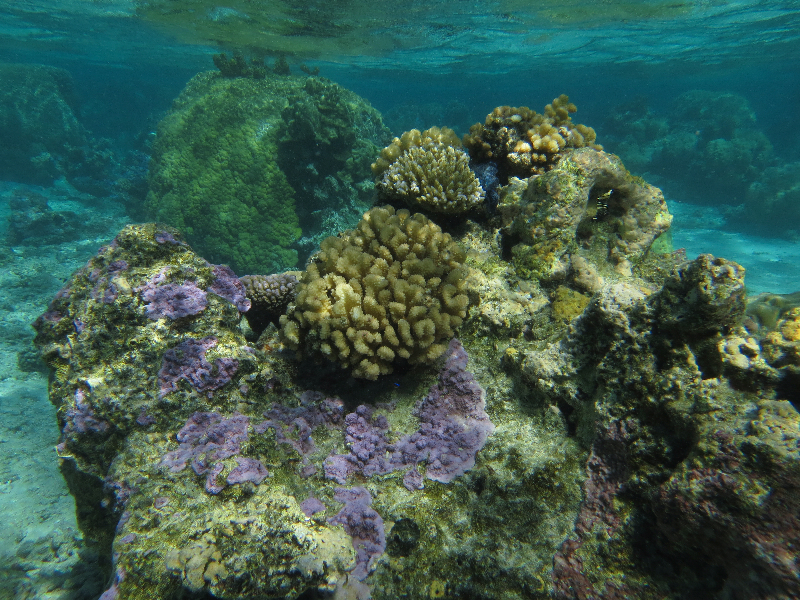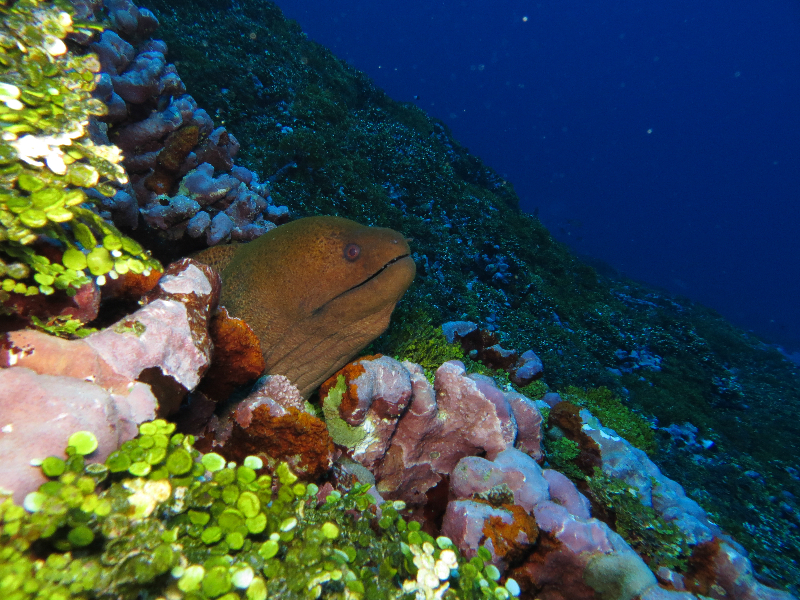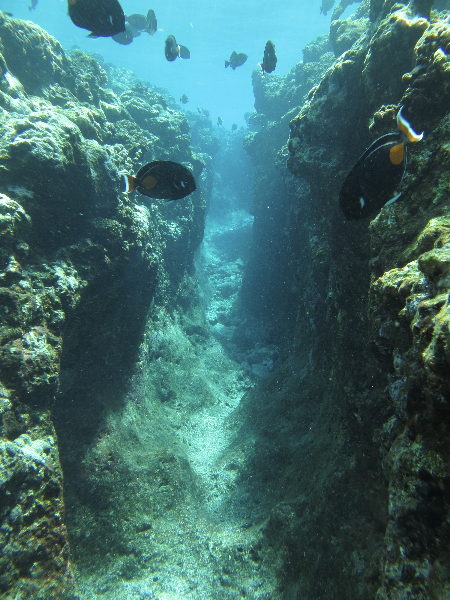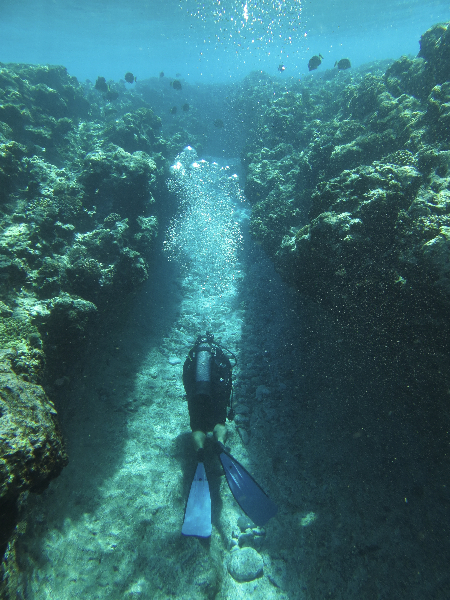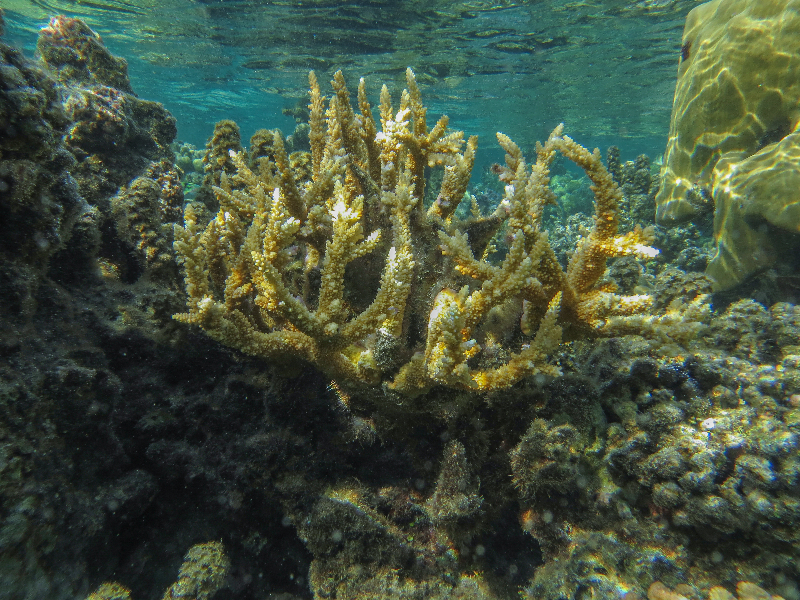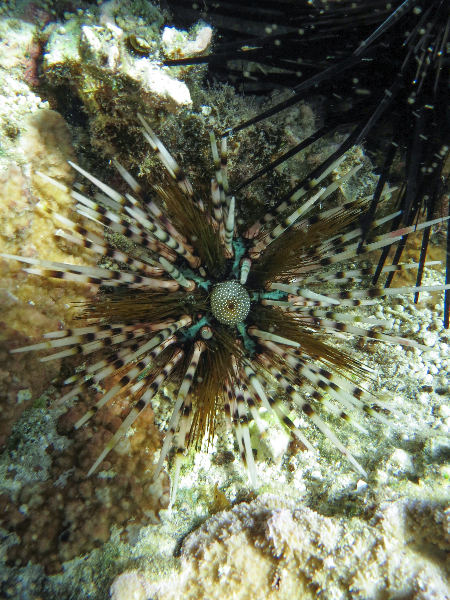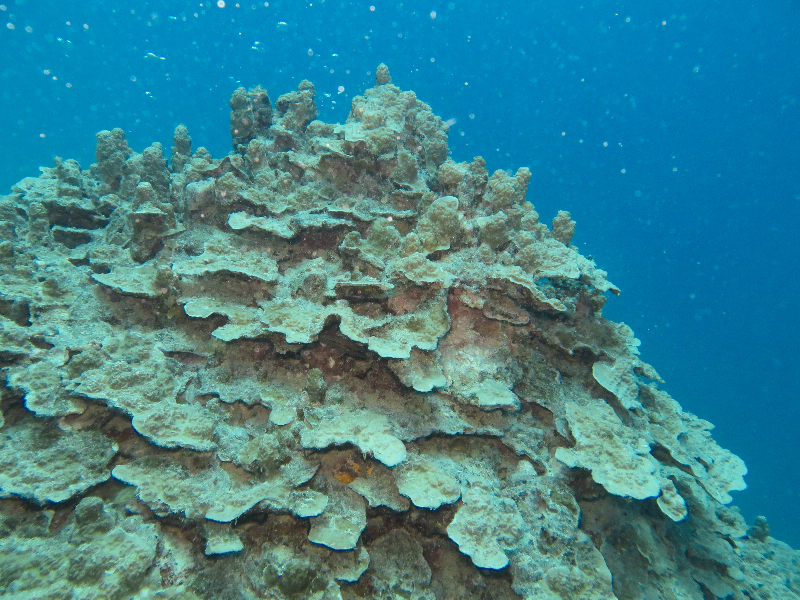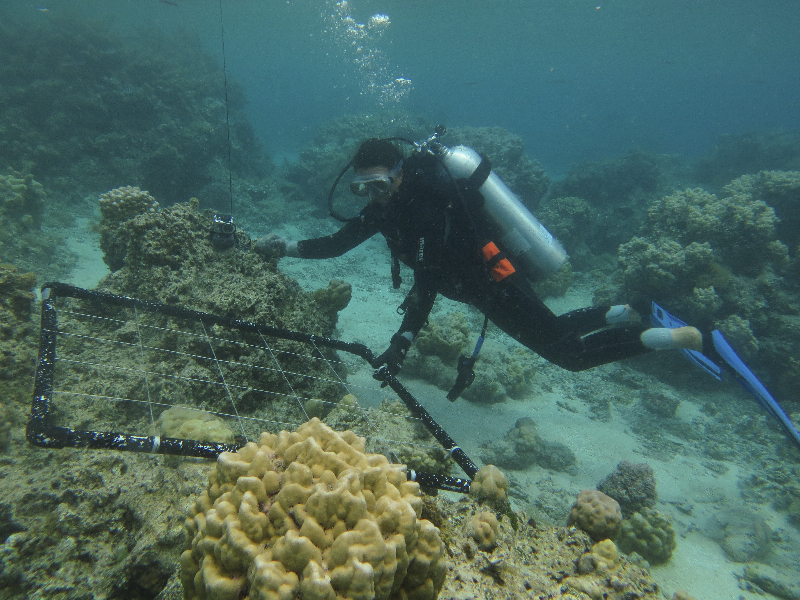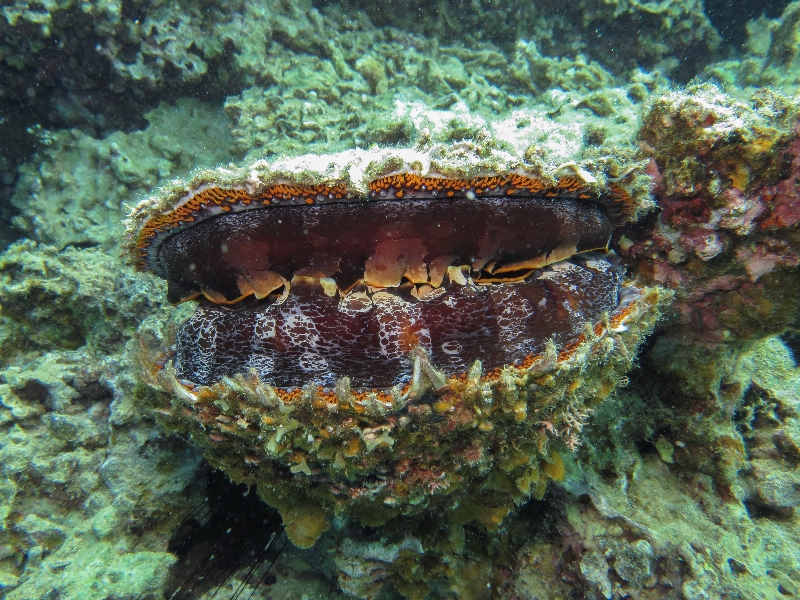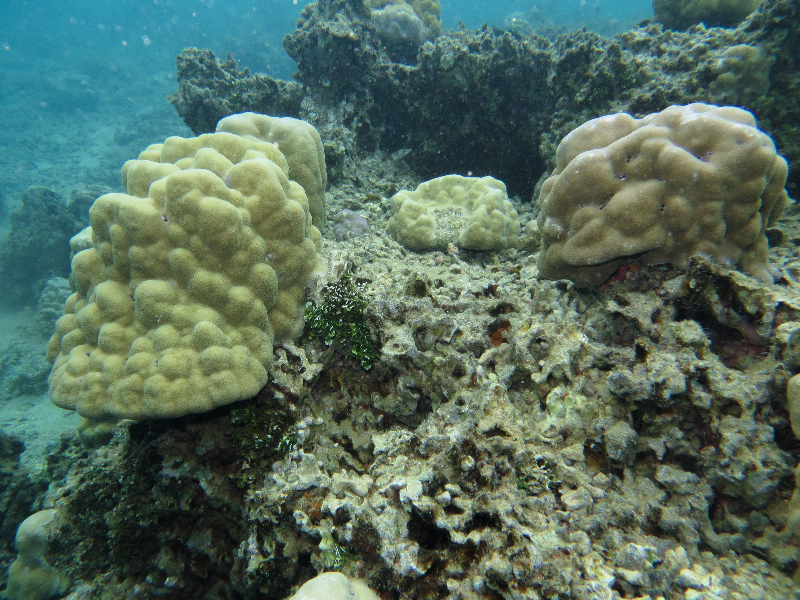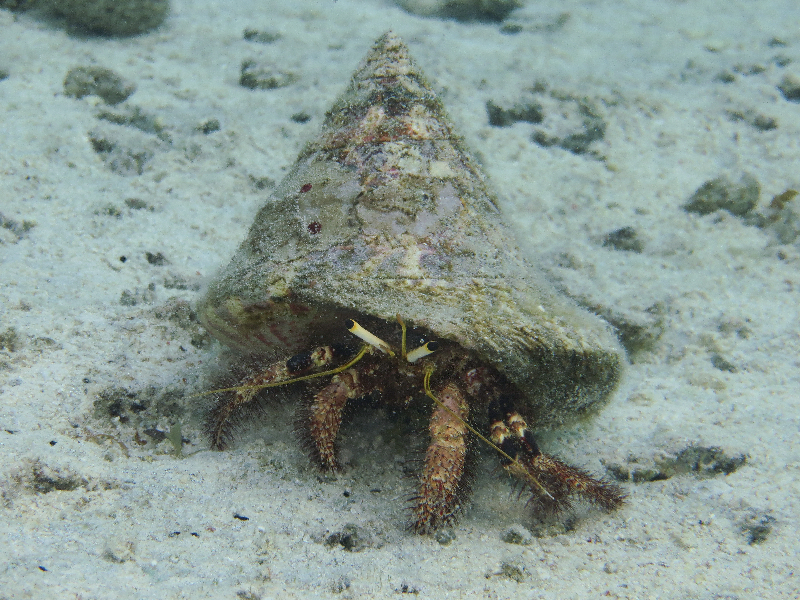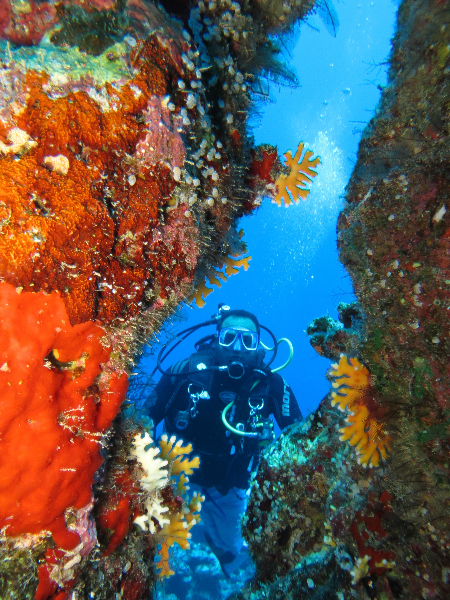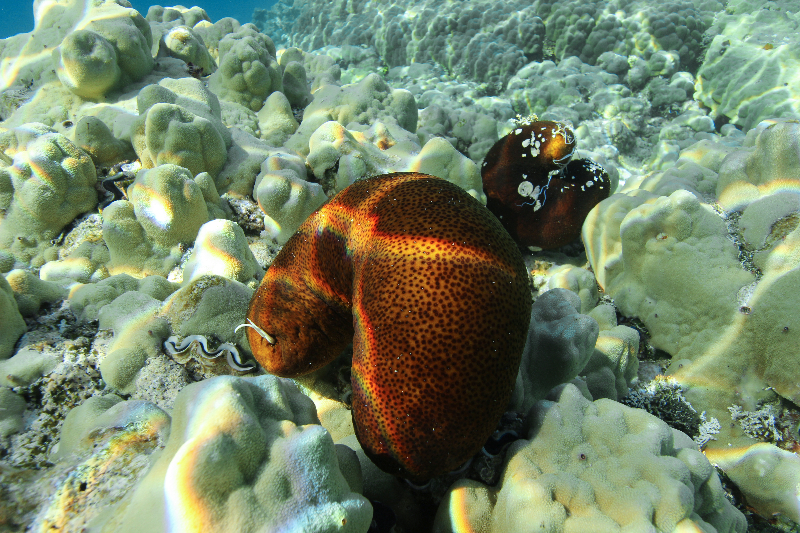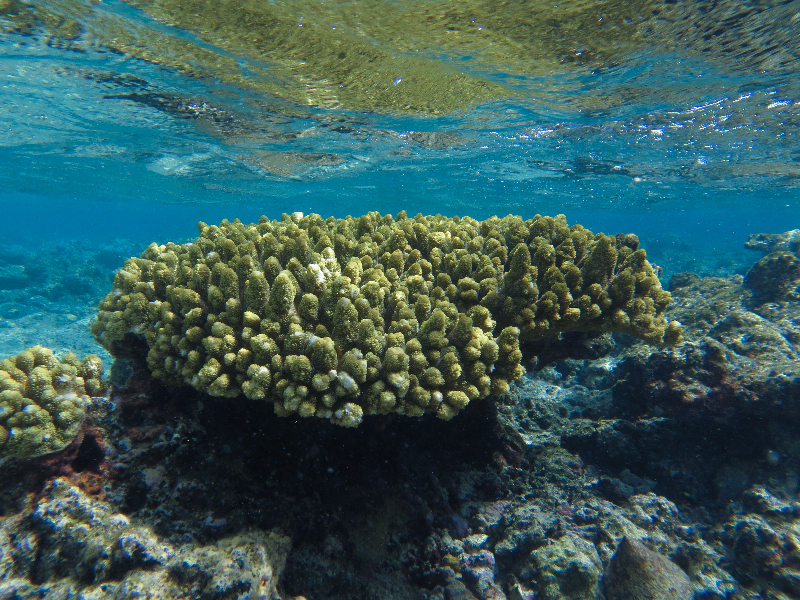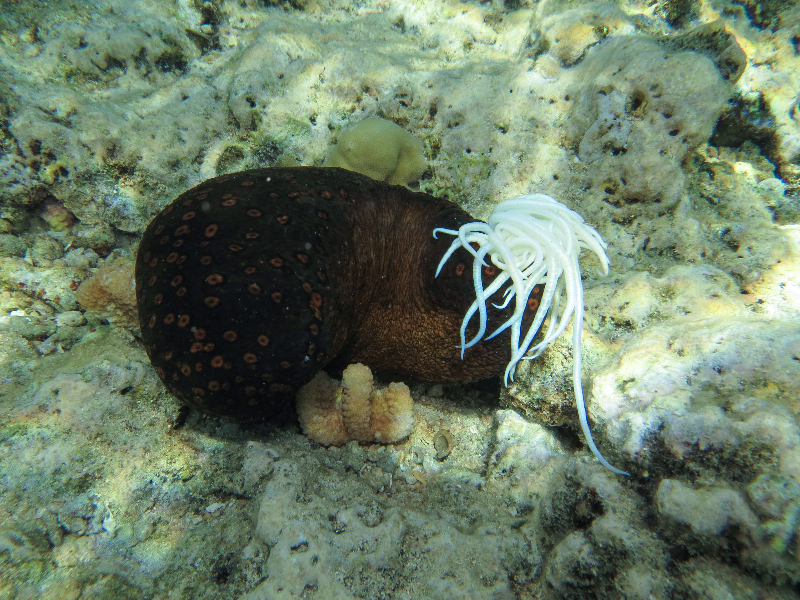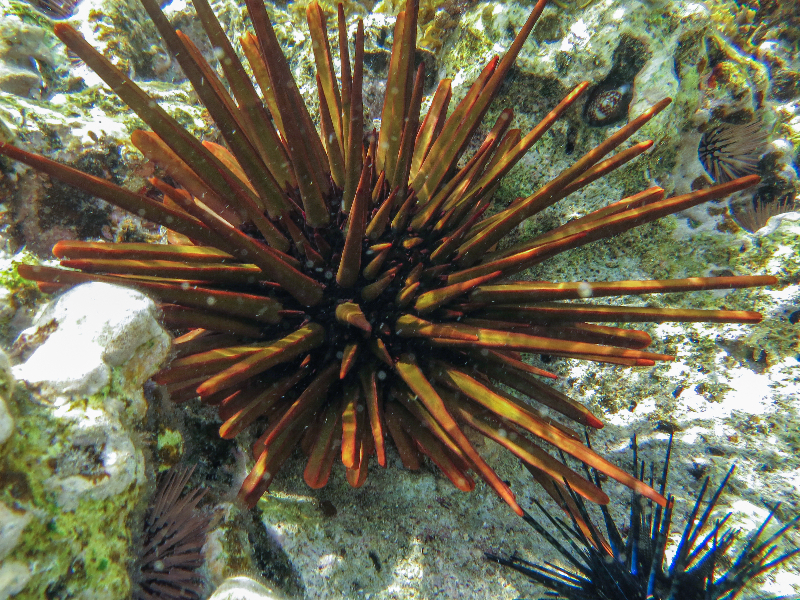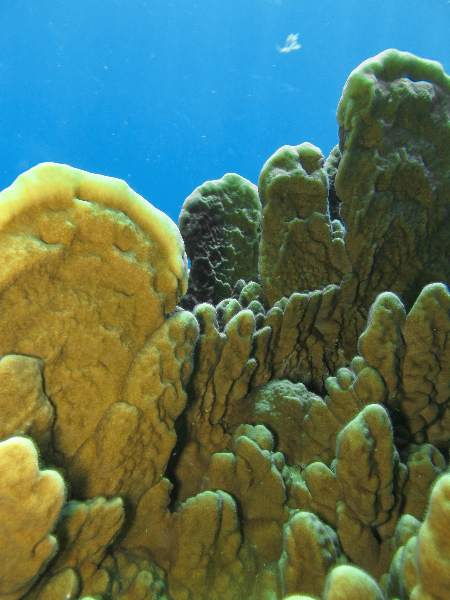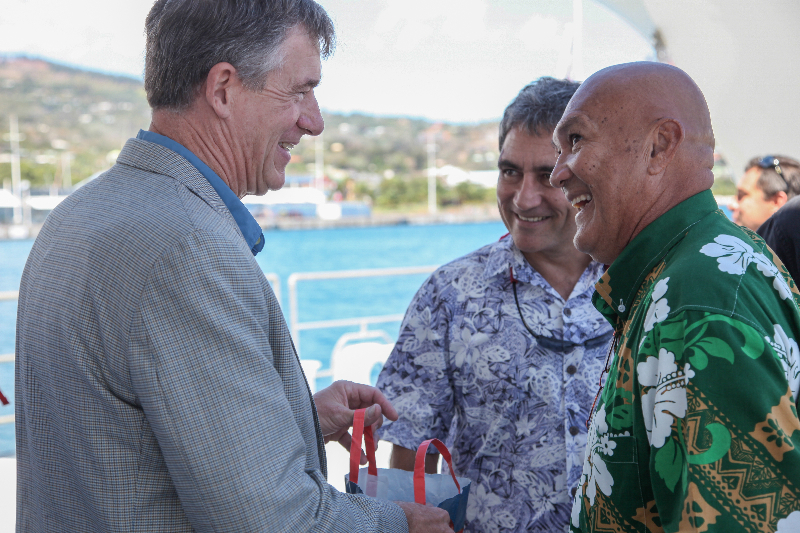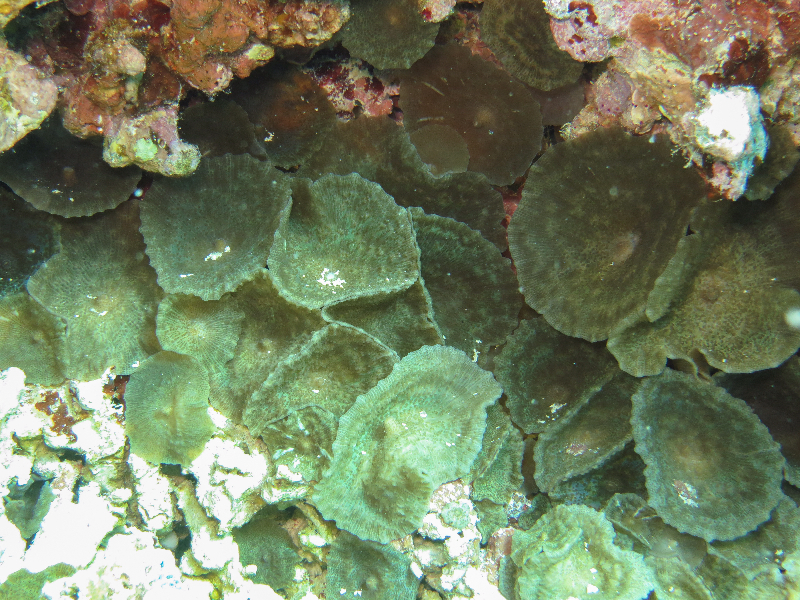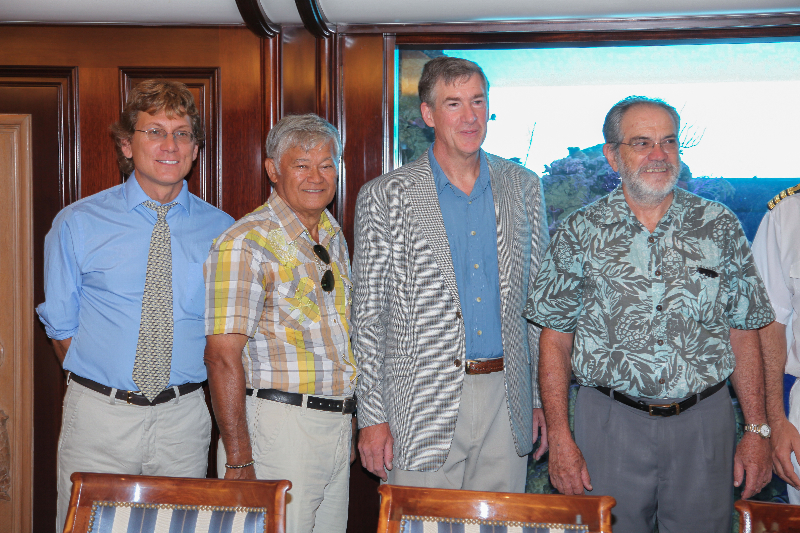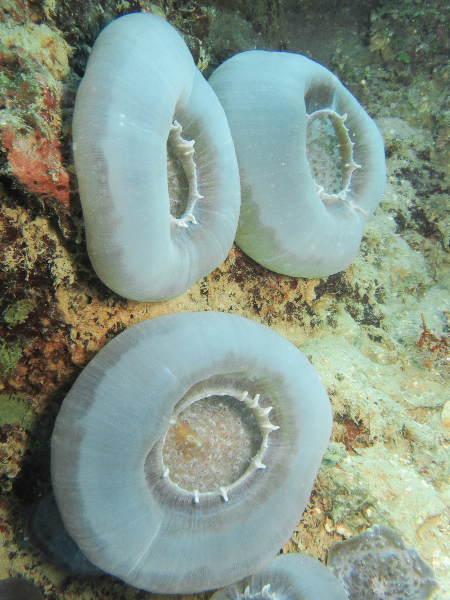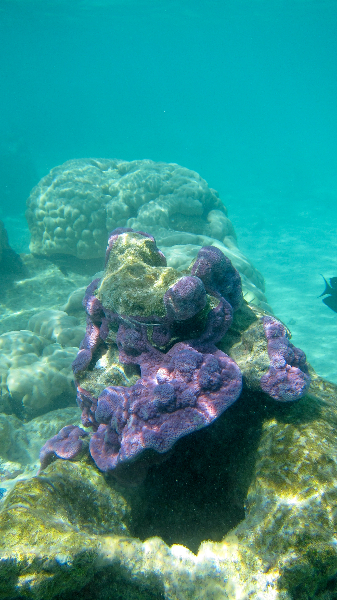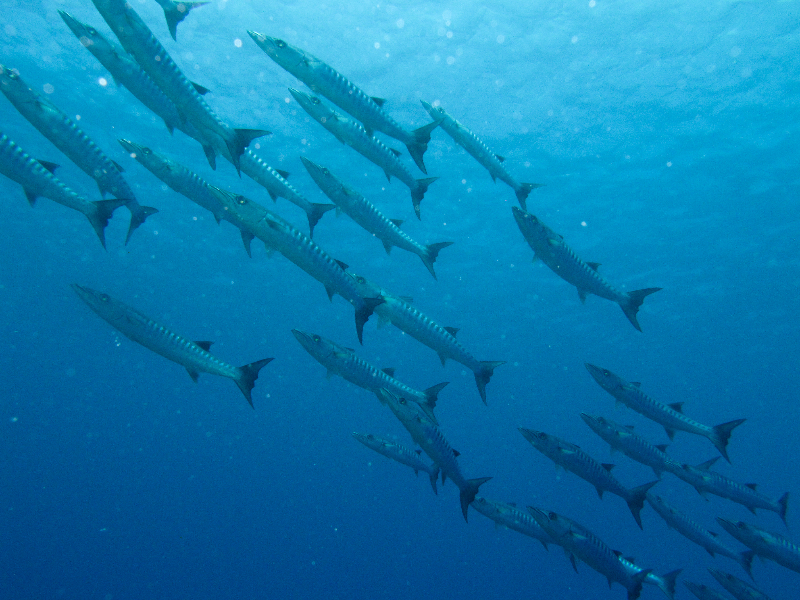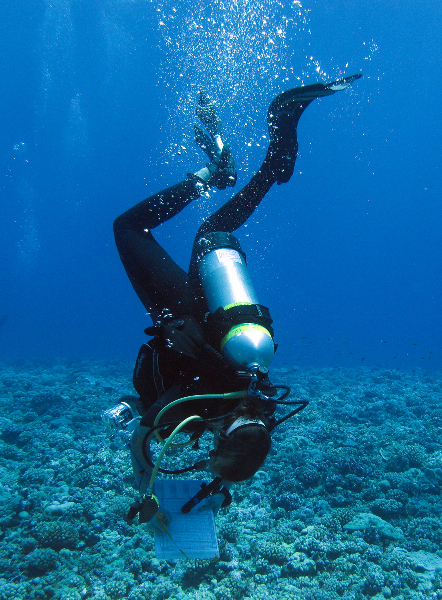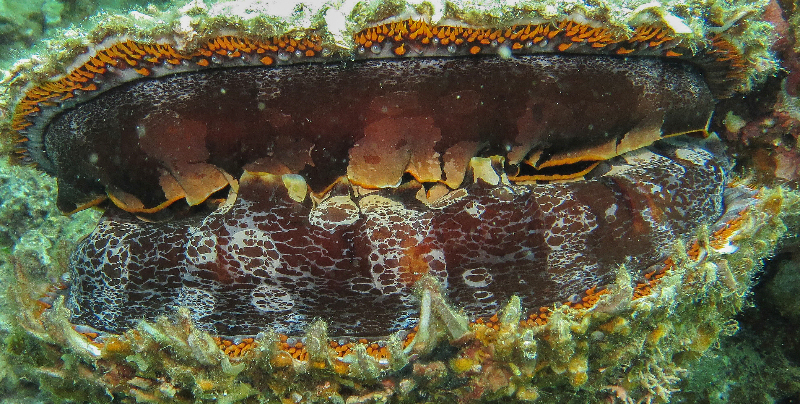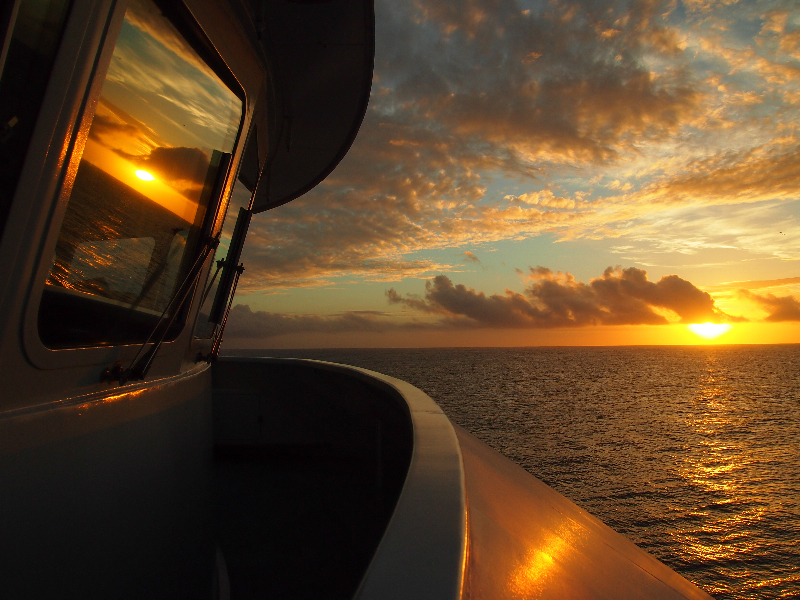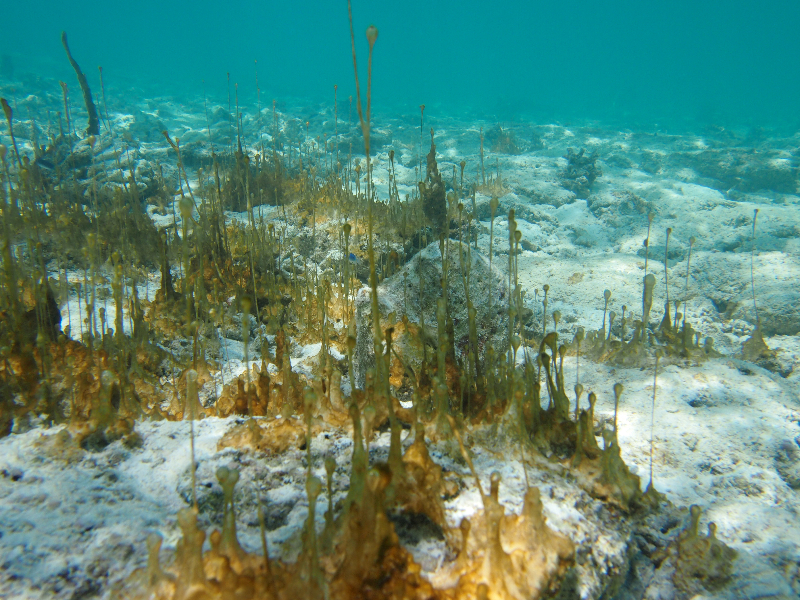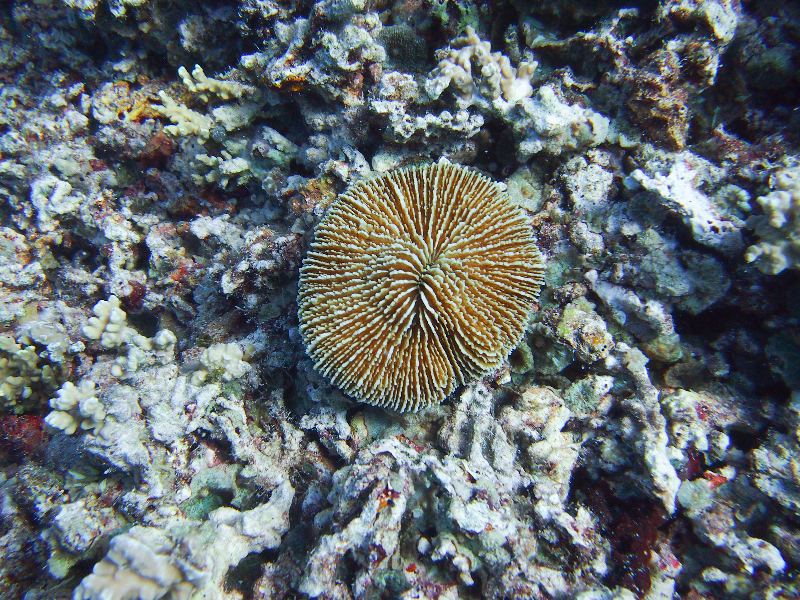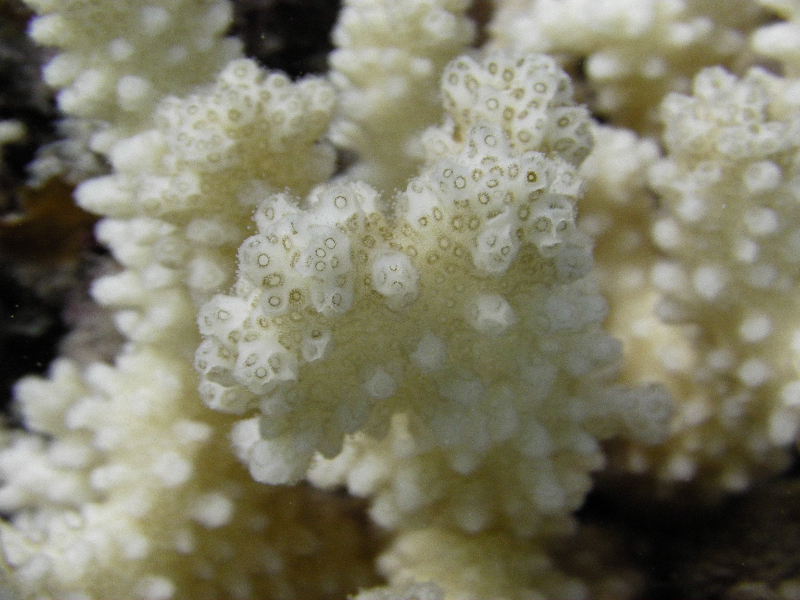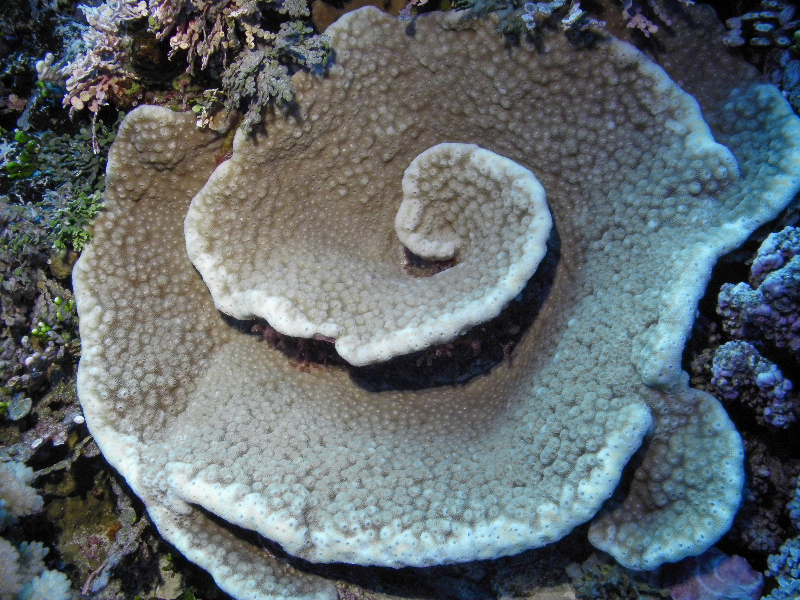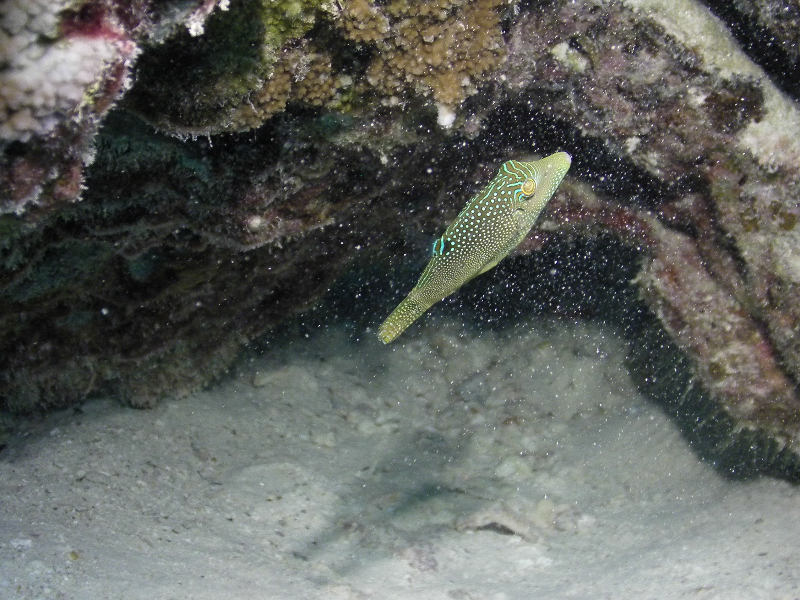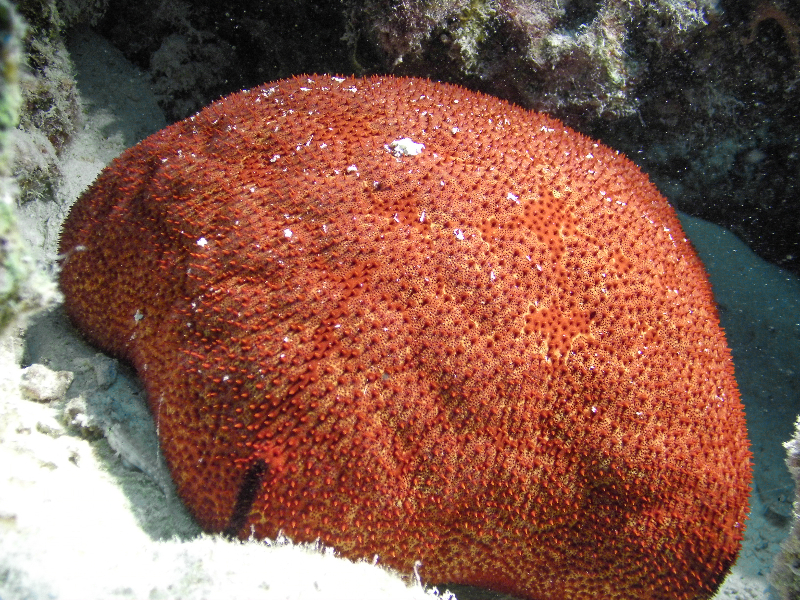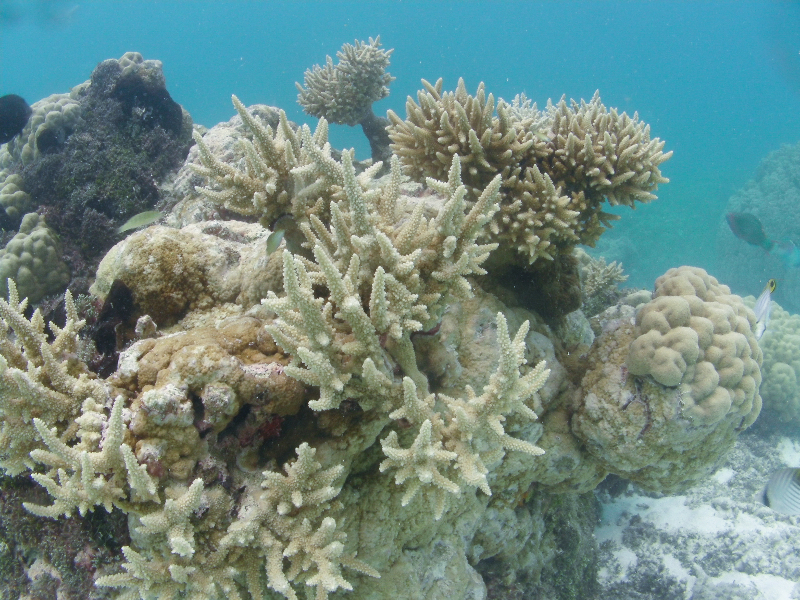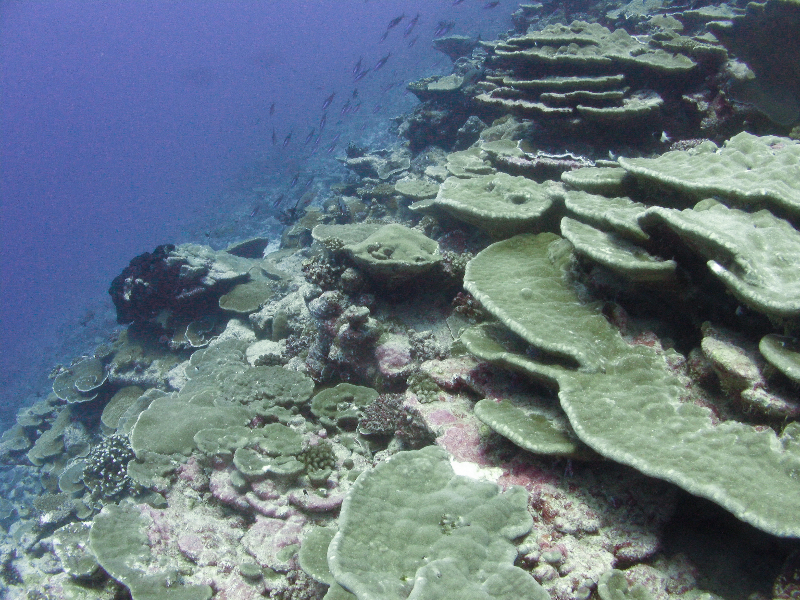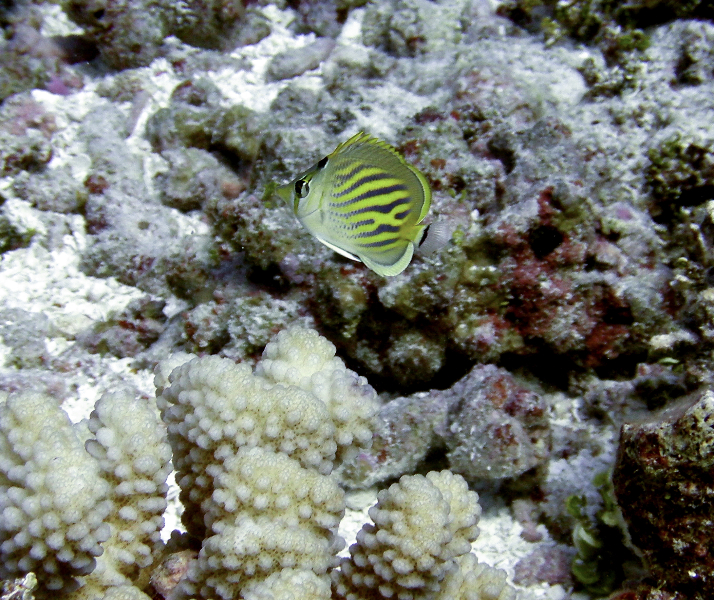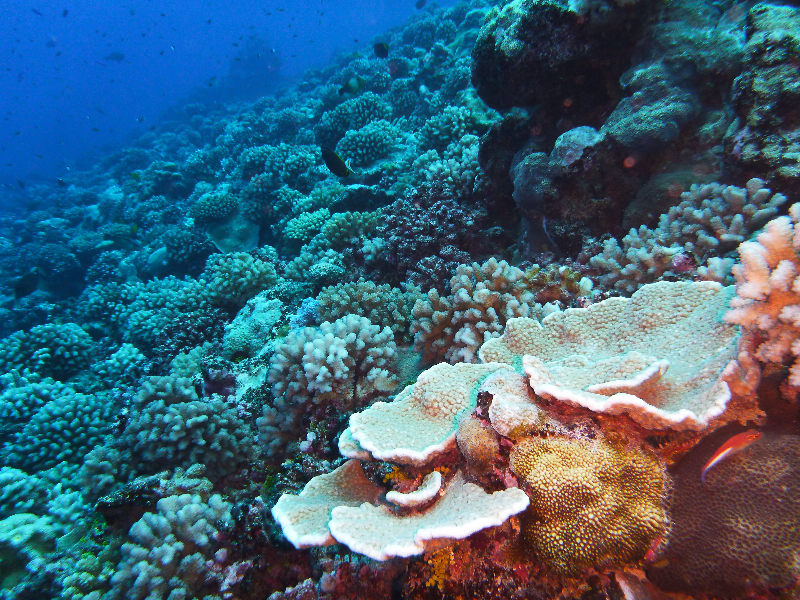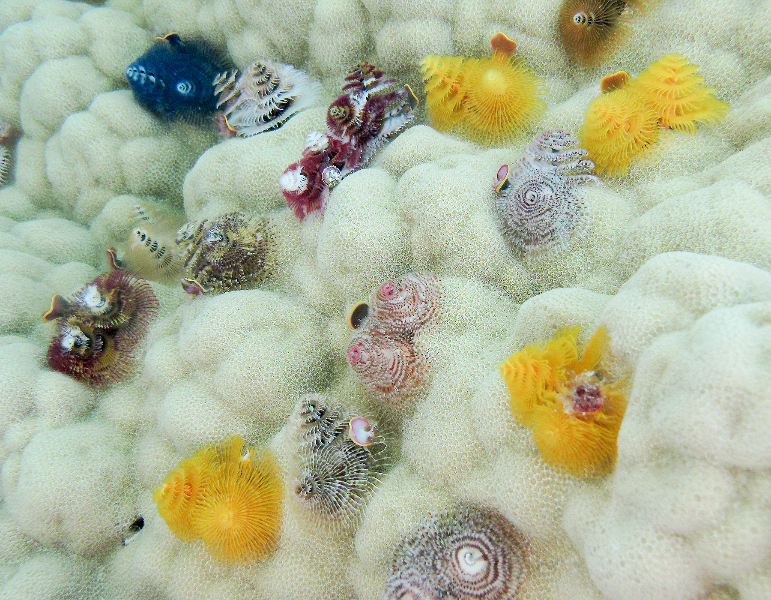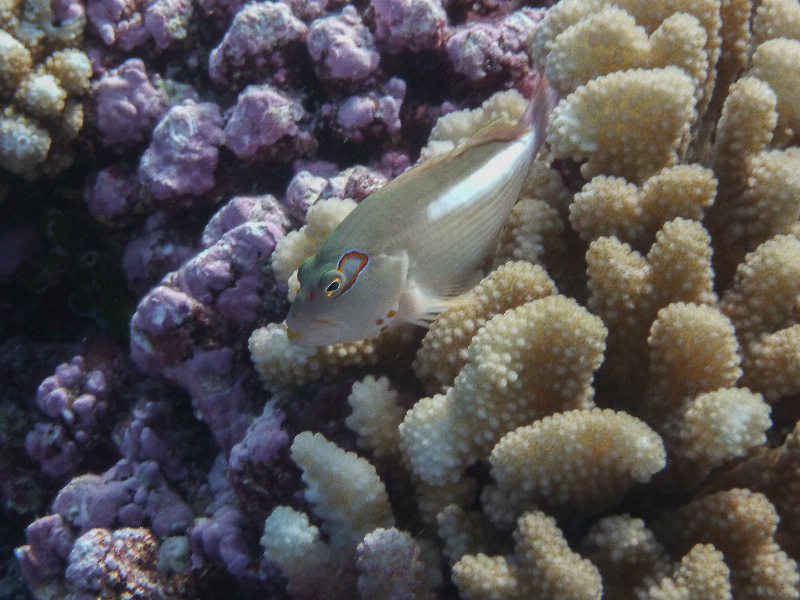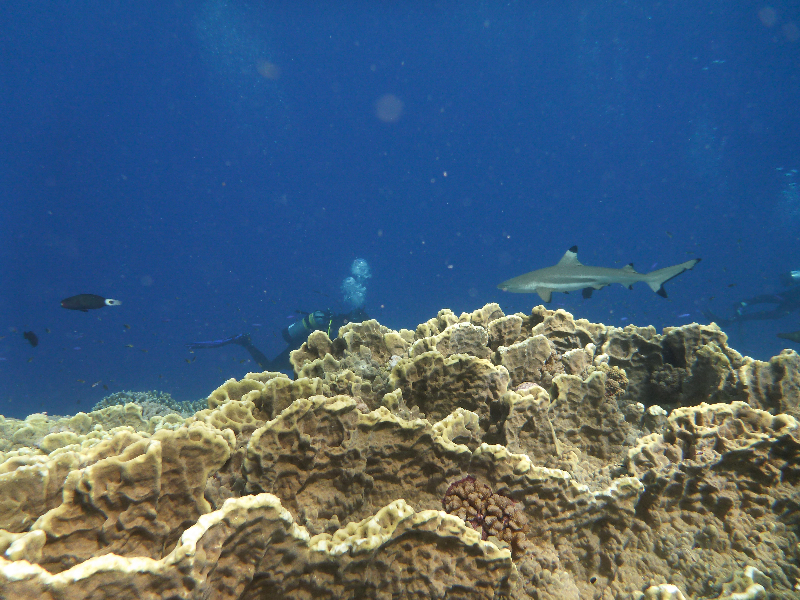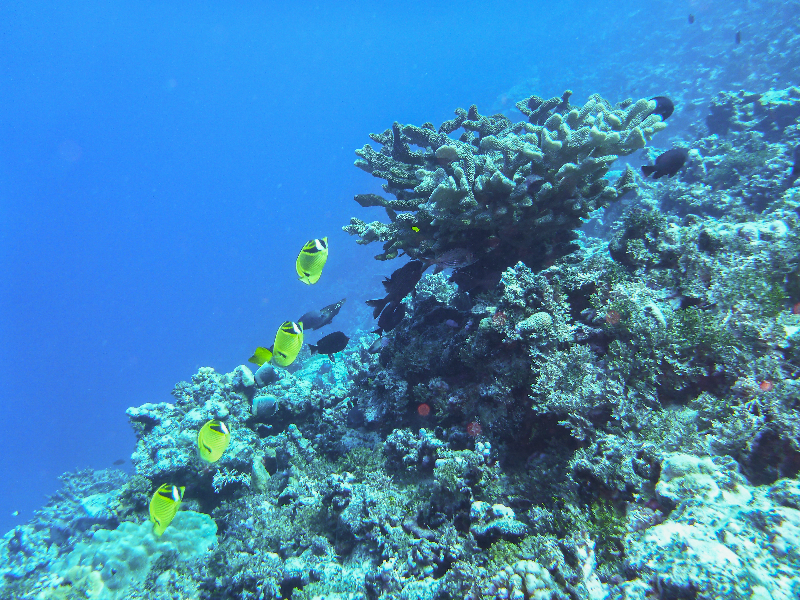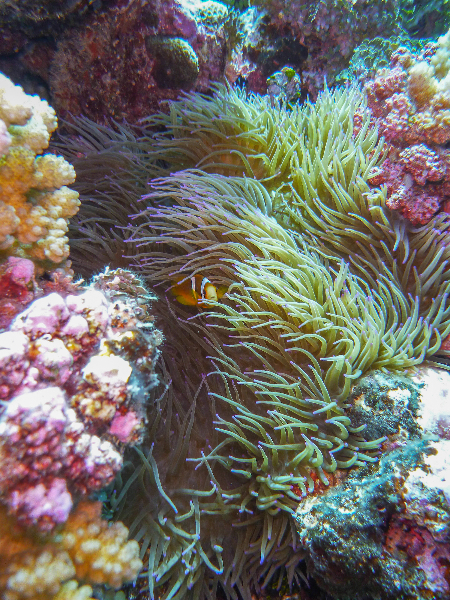Society Islands, French Polynesia
The Living Oceans Foundation conducted extensive coral reef research in the Society islands on the Global Reef Expedition. In September and October of 2012, the Foundation conducted surveys of fish and coral reefs around the islands of Mopelia, Scilly, Bellinghausen, Tupai, Huahine, Raiatea/Tahaa, Maiao, and Tetiaroa.
The Society Islands are a group of islands in the South Pacific Ocean that are a part of French Polynesia. The more famous destinations in the archipelago are Tahiti, Bora Bora, and Moorea. A number of well-known reefs were badly damaged in the past twenty years, but before this expedition, little was known about how extensive the damage was and how well the reefs are recovering.
Our research expedition to the Society Islands focused on eight locations– four low-lying atolls, two steep-sloped volcanic islands, and two small atolls. The coral and fish communities at each site varied considerably, which provided us with an ideal location to evaluate coral reef resilience, the health of key indicator organisms, and processes that affect recovery. Our goal was to identify the healthiest and most valuable coral reefs in the region, and to determine how quickly these damaged reefs are rebounding from damage.
In the Society Islands, we conducted the standard coral, benthic, and fish surveys we run on all Global Reef Expedition missions. But here we also evaluated the effects of environmental stressors on coral health, and measured ocean pH and assessed the impact of ocean acidification on coral growth. Researchers from IRD and DIREN also joined the Global Reef Expedition team in the Society Islands. They conducted surveys of commercially important invertebrate species including giant clams and sea cucumbers. They also evaluated population genetics of the black lipped pearl oyster and conducted a sponge inventory, collecting sponge samples to study their chemical compounds. Last, but not least, scientists evaluated sea turtle nesting beaches located in the Society Islands.
Out of all the archipelagos we surveyed in French Polynesia, the Society islands had the lowest overall coral cover. At the three most remote sites, the coral communities flourished on the outside part of the reef, but the deeper areas had few corals and many of the colonies were recently dead. The islands were severely damaged by predation from past outbreaks of crown of thorns starfish, but recovery is underway. High numbers of small, young corals indicate that the damaged areas are being recolonized and growing at unusually rapid rates of recovery. Human impacts are also a problem in the Society Islands, particularly the overharvesting of certain species, such as giant clams.
